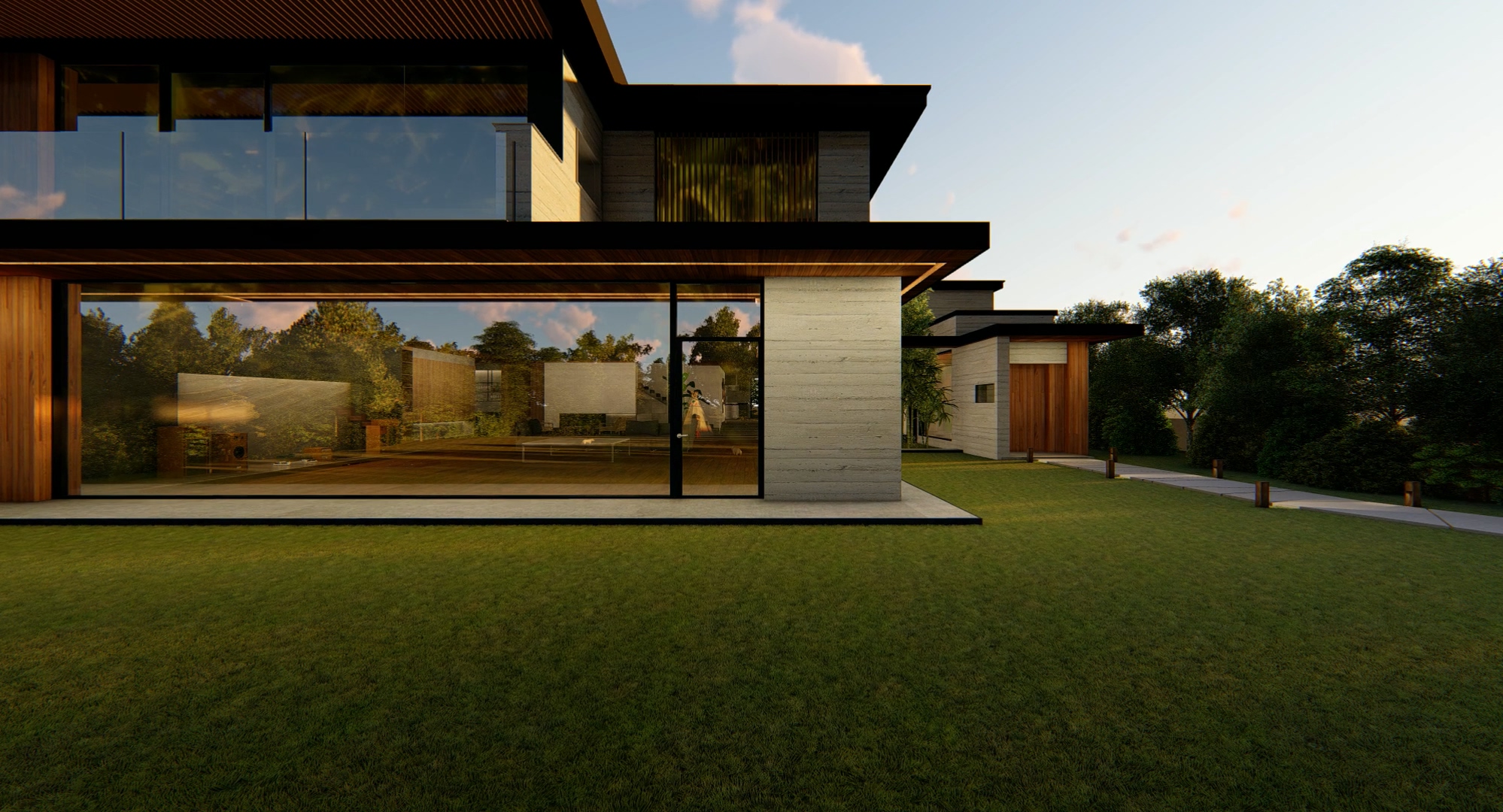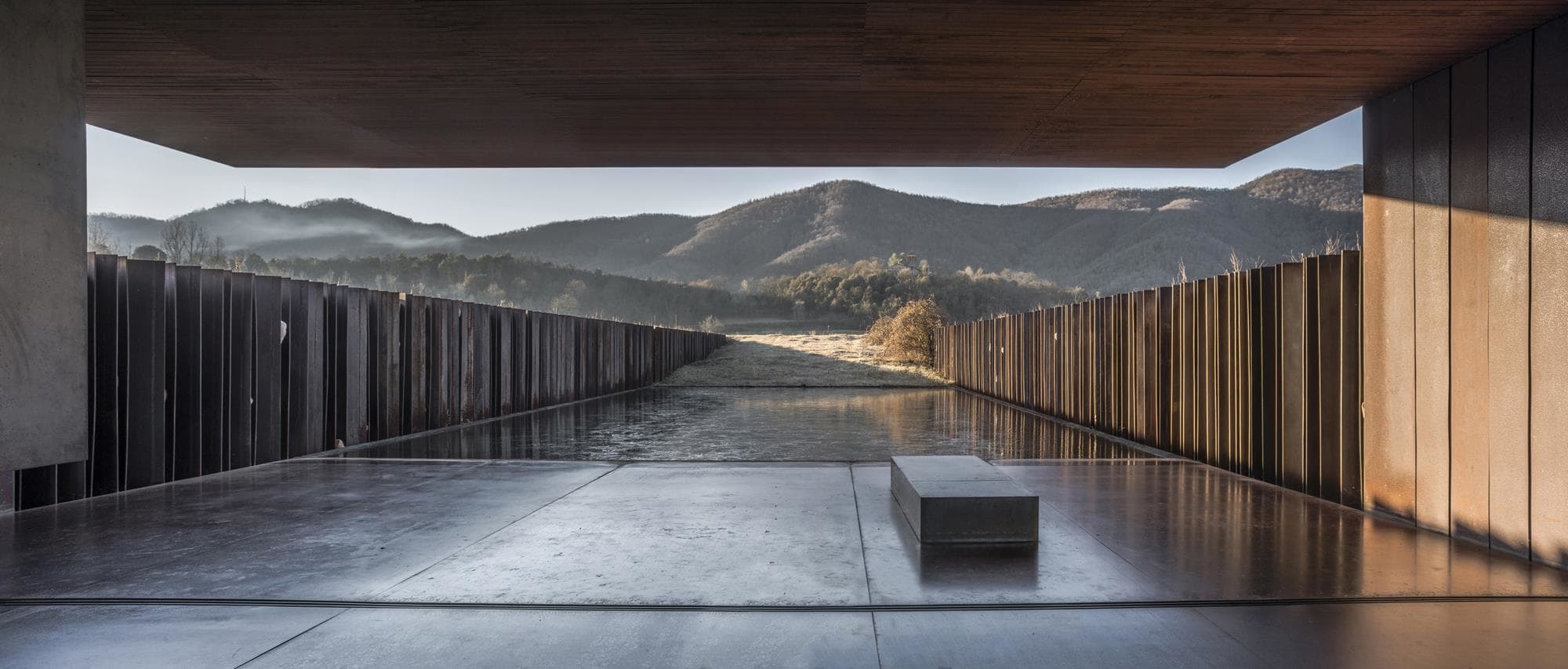Architects: Showcase your next project through Architizer and sign up for our inspirational newsletter.
When the walls that divided Communist Eastern Europe from the rest of the world came crashing down, something was lost forever — not just a political formation, but a worldview, a way of seeing.
In the USSR, art and architecture were made to express the empire’s perception of itself as the harbinger of global communist revolution. The nation’s sense of destiny was reflected in the grandiose style of Stalinist Architecture and in various art movements that sought to celebrate the nobility of the working class. Artists who tried to represent different values, like the poet Joseph Brodsky, could find themselves imprisoned. Similar norms prevailed in other communist countries within the Soviet sphere of influence.


Art in the Soviet Union was meant to glorify the state; photos by Eric Lusito.
The perspective that art and design should glorify the state is rightly recognized today as an affront to individualism. However, the architecture, art and design of this era carried an undeniable utopian energy, reflecting an empire that viewed itself as historically unique.
This came through in a 2016 photography exhibition in London called “Dead Space and Ruins.” This show combined the work of three photographers and one filmmaker who document grand Soviet buildings that have fallen into ruin.


Eric Lusito’s photographs focus on abandoned military sites.
Italian photographer Eric Lusito, whose work focused on the rubble of abandoned Army bases, describes his work as documenting the remains of an empire that once saw itself as “all powerful.”


“From East Germany to Mongolia, from Poland to Kazakhstan, these now decaying military buildings and structures — sites hidden for so long which formed the very heart of the Soviet system, with their symbols of the all-powerful Soviet Empire once seemingly inviolable — illuminate and inform our understanding of the power and influence the military held over the people of the Soviet bloc countries, and in turn they reflect the decay of the empire itself,” Lusito said of his photographs.



Danila Tkachenko’s makes use of negative space in his photographs of “restricted areas.”
The Russian photographer Danila Tkachenko focused on “restricted areas” that cannot be found on a map. Here he found brutalist ruins, concrete buildings and sculptures that once served as symbols of technological progress. Tkachenko makes ample use of negative space to underscore the placelessness of these structures, which have been cut off from history.


Vahram Agasian’s “Ghost City” depicts an abandoned housing project
The third series of photographs, by Vahram Agasian, focused on an abandoned construction site that is now engulfed by water. This massive housing project was meant to rehouse victims of an earthquake in 1988 but was never completed. Agasian calls his series “Ghost City.”

Agasian urges viewers to see his photographs as a “silent reminder of economic meltdown, natural disaster and industrial catastrophe.”
The exhibition also included a film by the Russian filmmaker Anton Ginzburg about Constructivist architecture. This was a modernist movement that flourished in the early revolutionary period of the 20s and 30s. It was supplanted in later decades by more formally conservative styles like Stalinist architecture and Socialist Realist art.
“Dead Space and Ruins” ran at the Calvert 22 Foundation until August 7, 2016.
EDIT: An earlier version of this piece implied that all of the buildings featured were located in former Soviet nations. However, some buildings, including the Buzludzha Monument in Bulgaria, which is featured in the cover image, were located in communist countries in the Eastern bloc.
All images via dezeen. Architects: Showcase your next project through Architizer and sign up for our inspirational newsletter.




